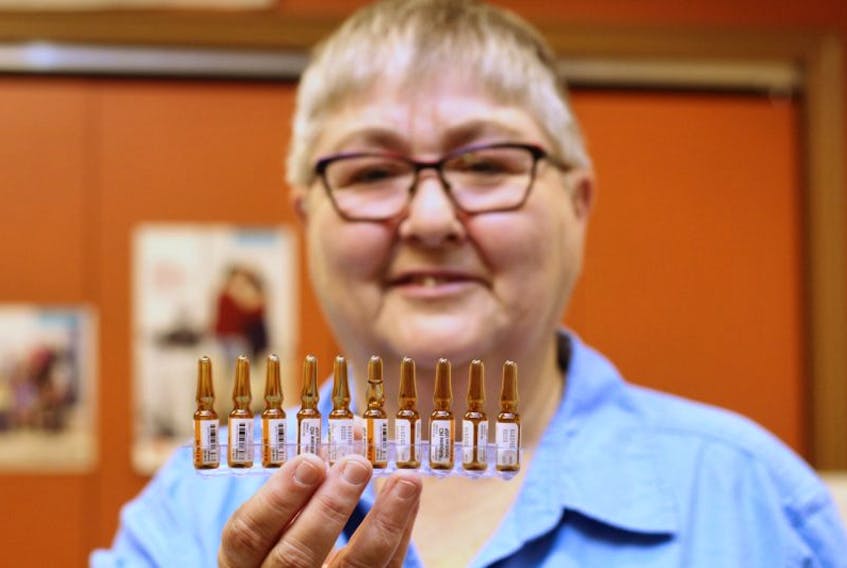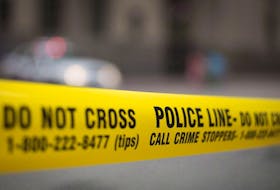“We see people every day who are at risk,” said Tree Walsh, the harm reduction manager at the Safe Works Access Program (SWAP) for the AIDS Committee of Newfoundland and Labrador. “We’re trying to save lives, and we’re trying to prevent deaths, but as soon as the pharmaceutical supply of opioids dries up, which is happening now … things are going to get so much worse.”
Since 2005, SWAP has been distributing safer drug using equipment and services to St. John’s and area, including clean needles, needle disposal, safe injection information, cookers and more.
The program expanded to Corner Brook in 2010, and is widely known for its services to smaller communities throughout the province. Both groups have a van that allows them to travel and offer outreach to users in need, and they often send supplies through the mail to communities that normally wouldn’t have access to them.
“We’d like to see the government maybe even mandate public health, in the smallest communities,” Walsh said. “People go to the public health nurse and there’s no stigma attached, no judgment … so why can’t the public health nurse distribute safer using equipment, you know? The network already exists. The people who use the needles are already living in these communities; why not make it that accessible?
“People come in from all over, to St. John’s or to Corner Brook, to pick up equipment for friends at home, so it’s obviously needed in every community.”
Walsh said it’s hard to get information from official channels as to exactly how many opioid-related overdoses there have been. She said she wrote the Department of Health recently in search of an accurate number, but hasn’t had a response yet.
Anecdotally, Walsh said there’s been a recent number of overdose deaths among cocaine users, and she doesn’t think the situation will improve anytime soon without changes implemented.
“They have a false sense of security because they’re not doing opioids, but everything is laced now … everything,” Walsh said.
She said she believes a big part of the opioid problem in St. John’s is the fact that people don’t know how to inject themselves properly.
“Physicians are trying to help people stop using so that they can save their heart, but the heart problems within users is caused by incorrect injection, so what nurses need to do is teach them to inject correctly,” Walsh told The Telegram.
In honour of the International Overdose Awareness Day this week, SWAP held a community event at Bannerman Park in St. John’s, with free Naloxone training kit distribution and information provided by community agencies.
“We need to not only raise awareness, but also to brainstorm. We need safe injection sites, and we definitely need access to new using equipment right across the province,” Walsh said.
Pairs of shoes were also placed throughout the park, representing those who have lost their lives through overdose, those affected by it and those still struggling with addictions. Community members also purchased fentanyl-testing strips and sold them for a dollar each at the event — something Walsh thinks the government should be responsible for distributing.
“The last number of deaths have been coke users – that’s why these test strips were brought in, and even though they are a buck apiece, they’ll let you know if there is fentanyl present in any other drugs, within a reasonable amount of statistical proof,” Walsh said, adding that if people don’t know that the drug is present, they don’t understand the kind of risk they’re taking.
“It’s so worth it. One buck is not a lot in terms of saving lives.”









